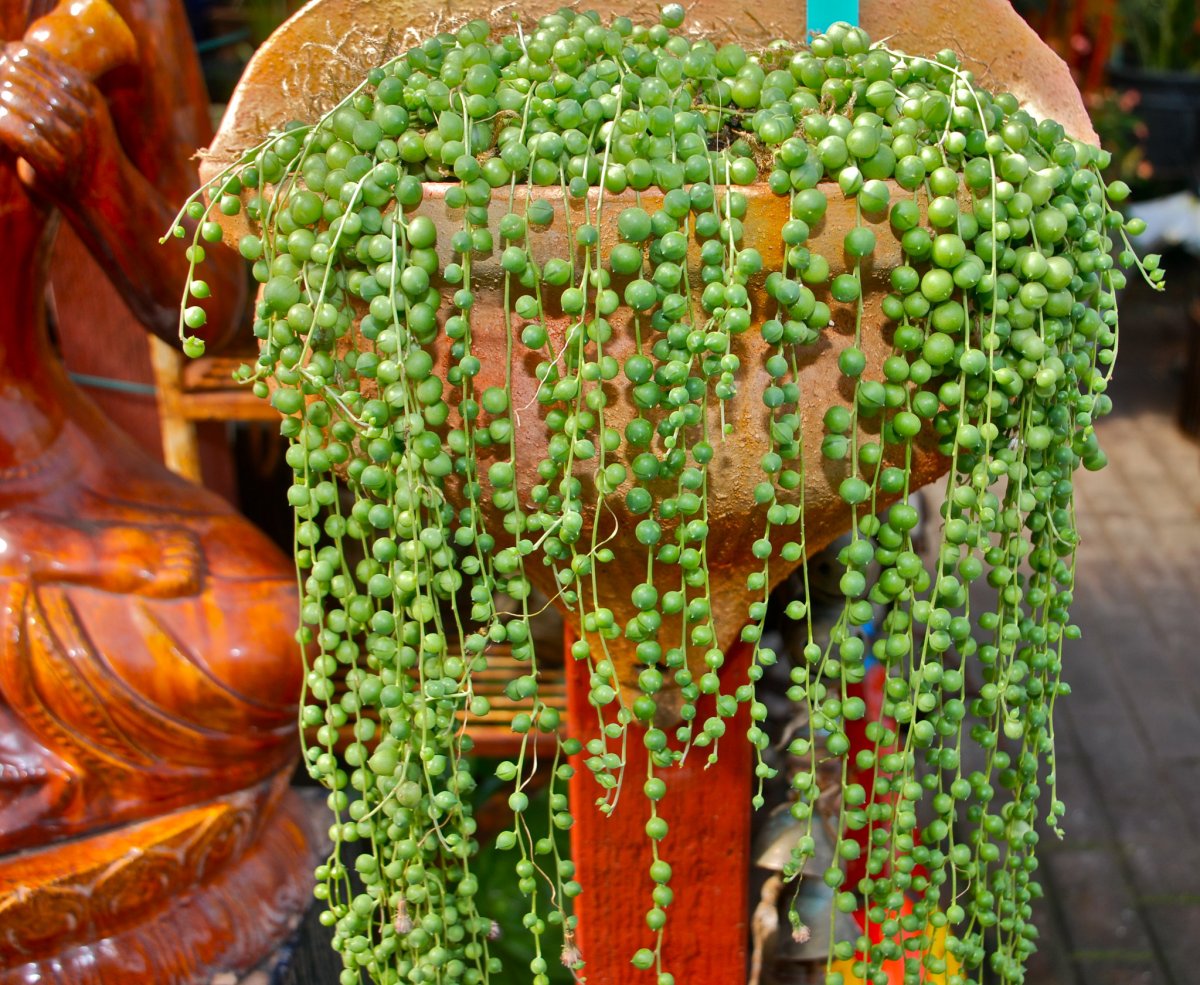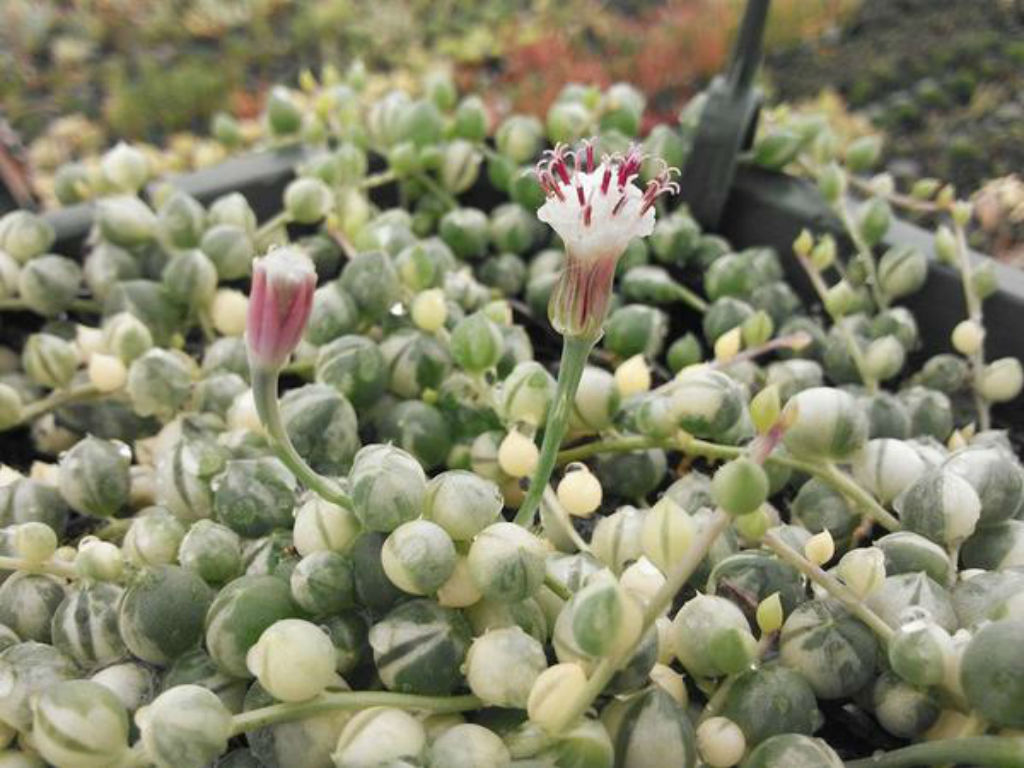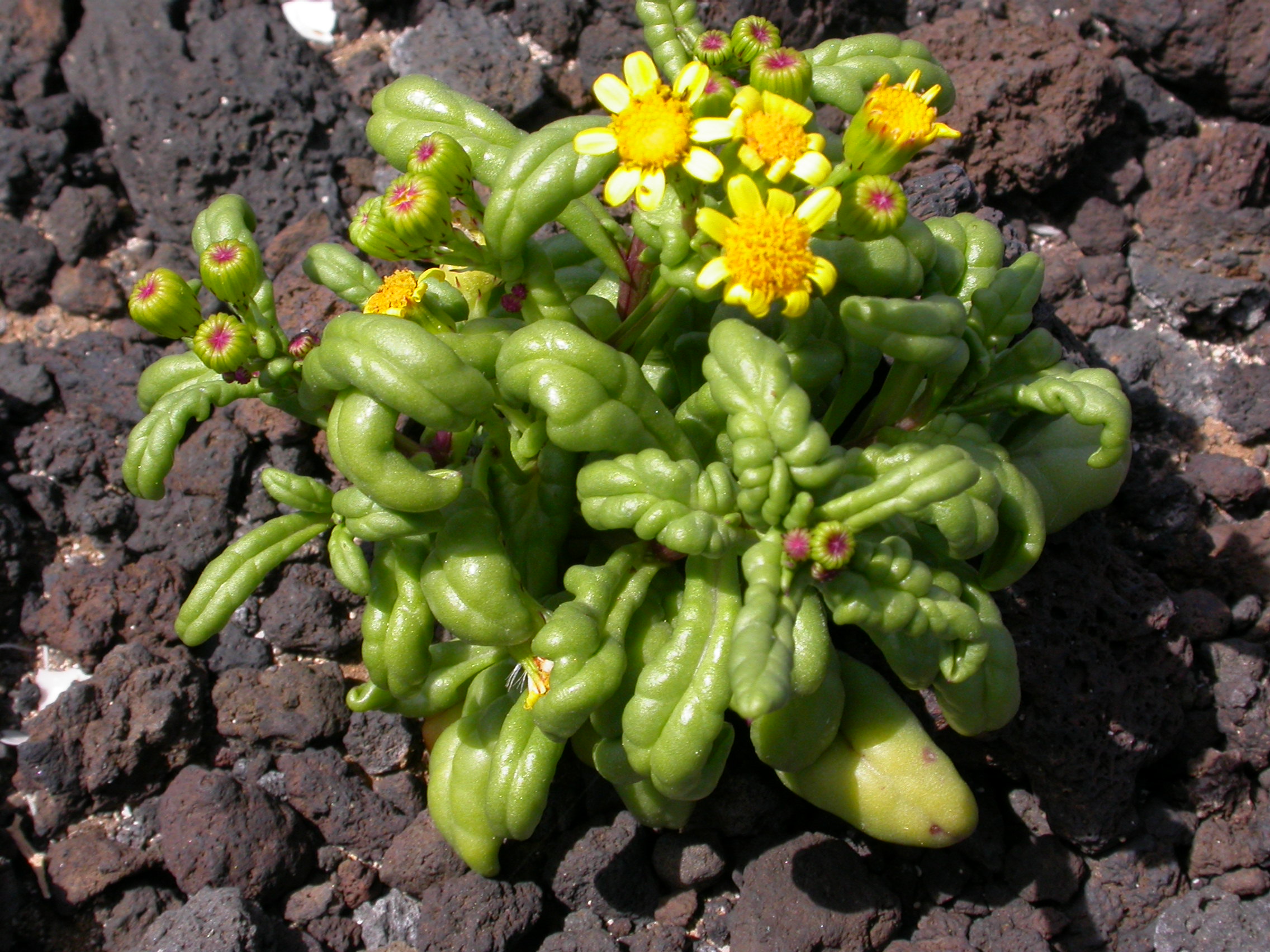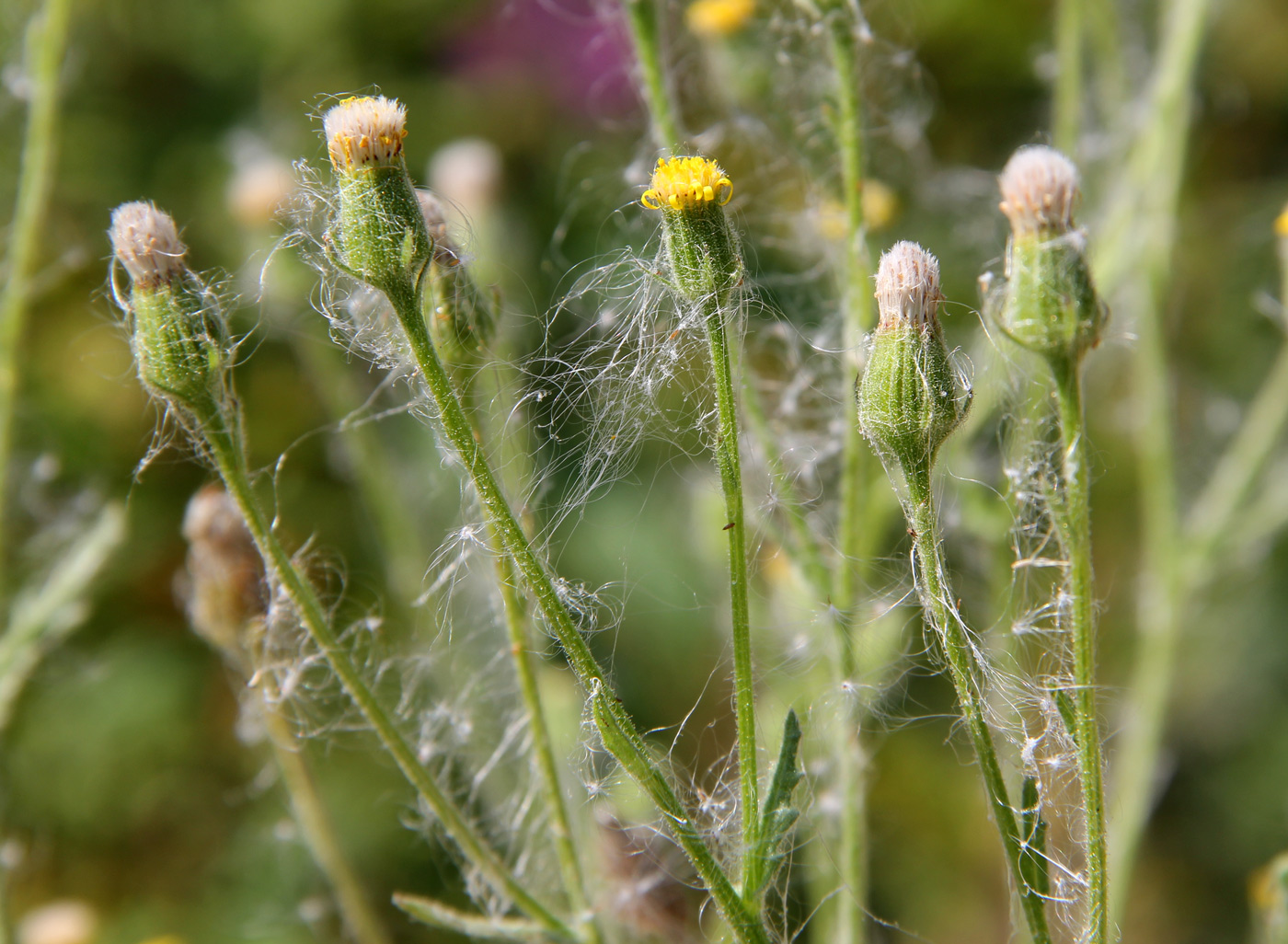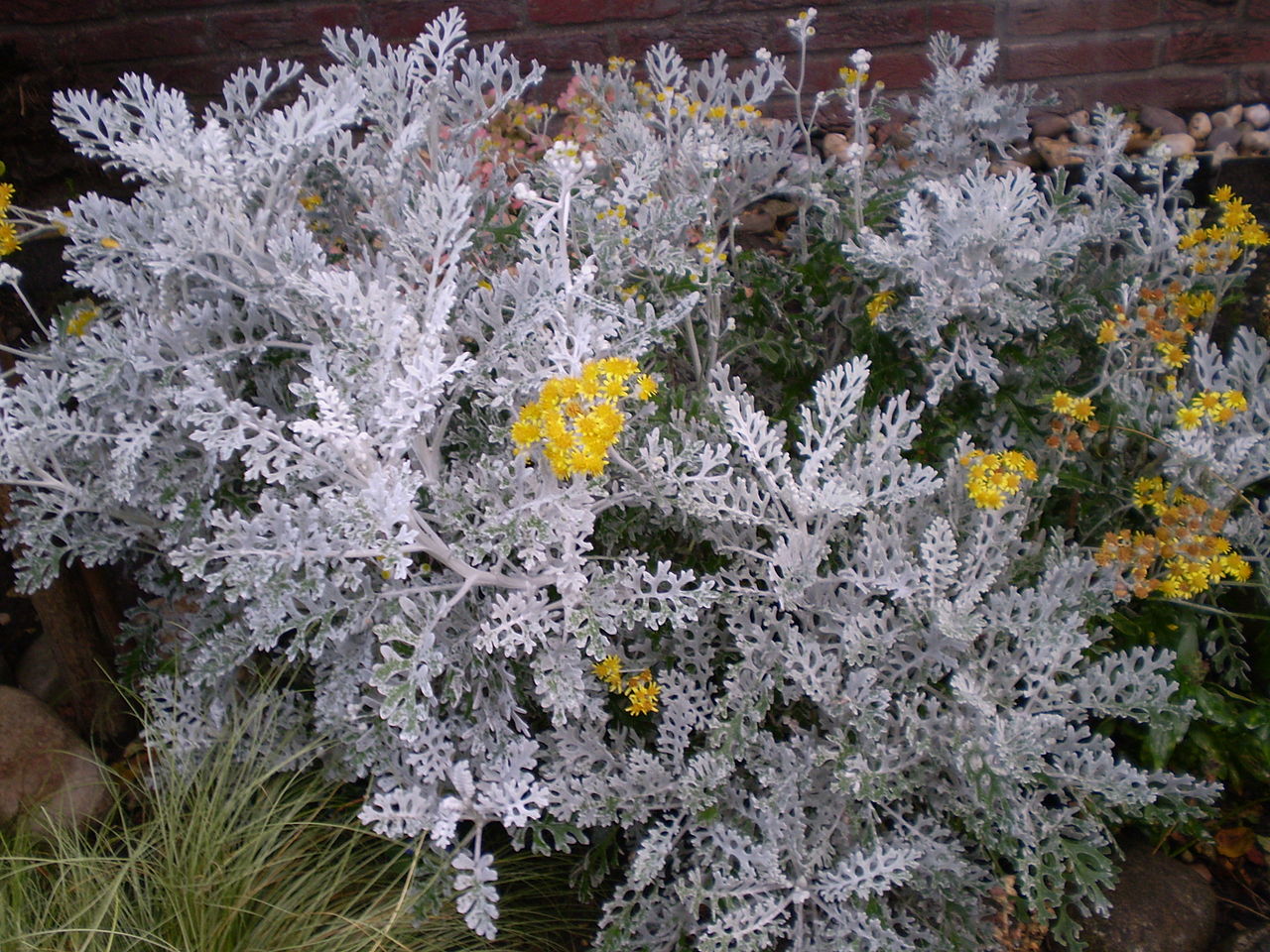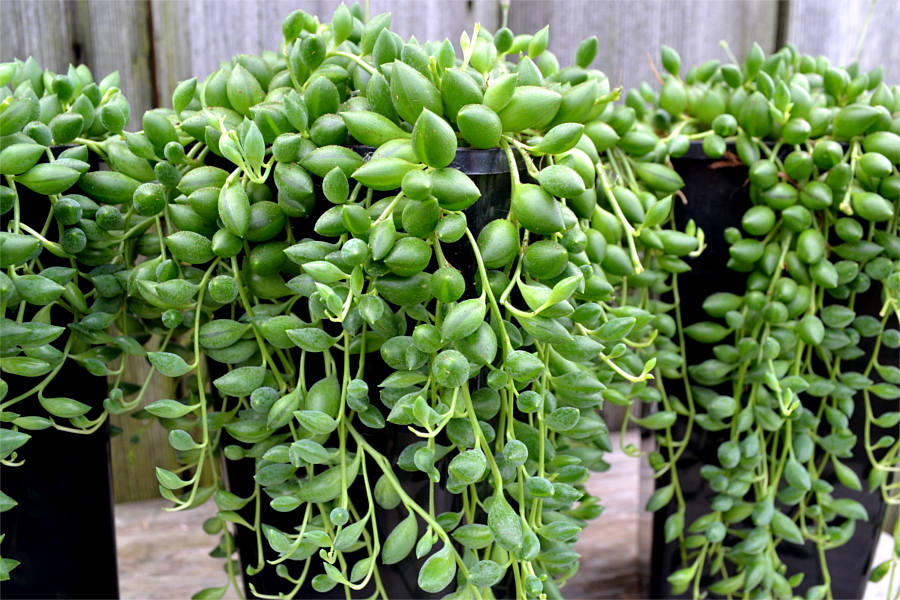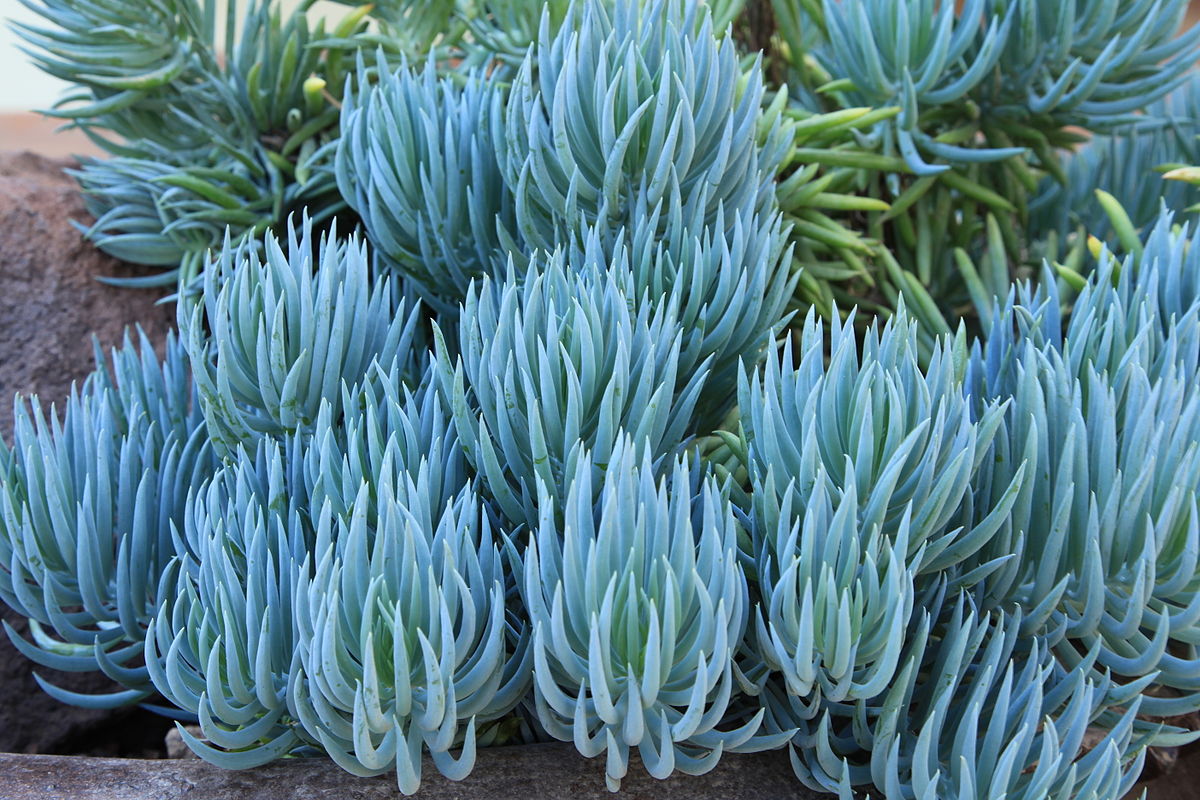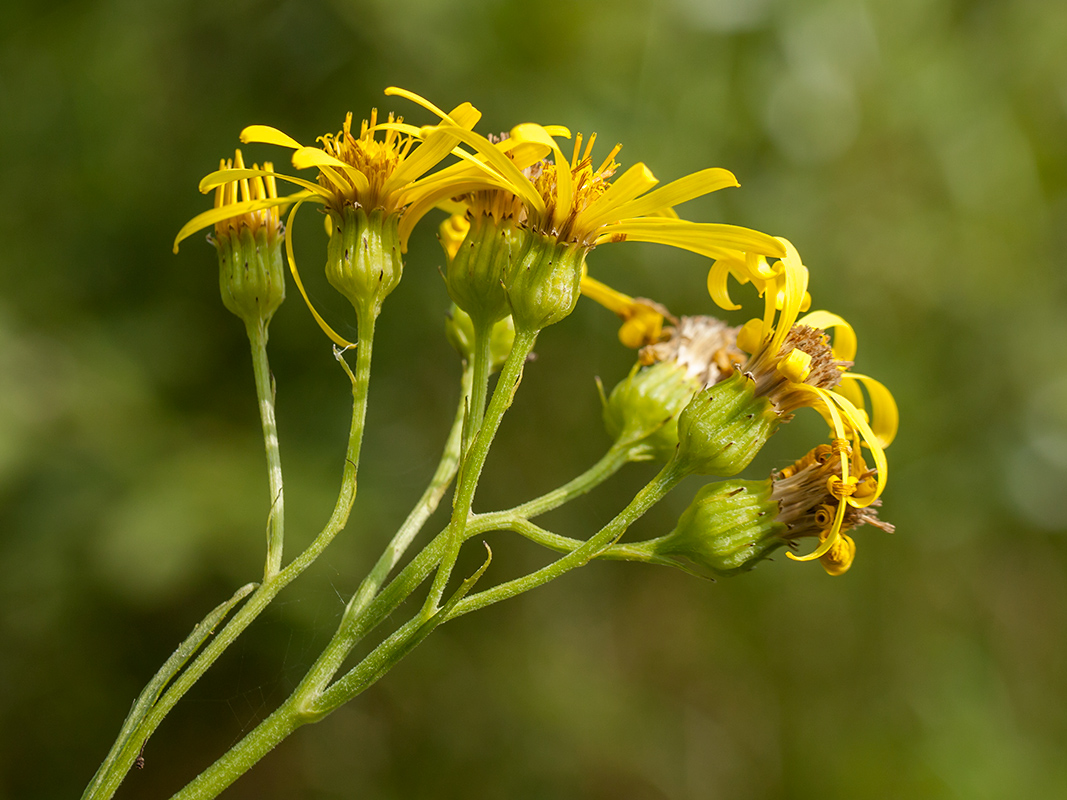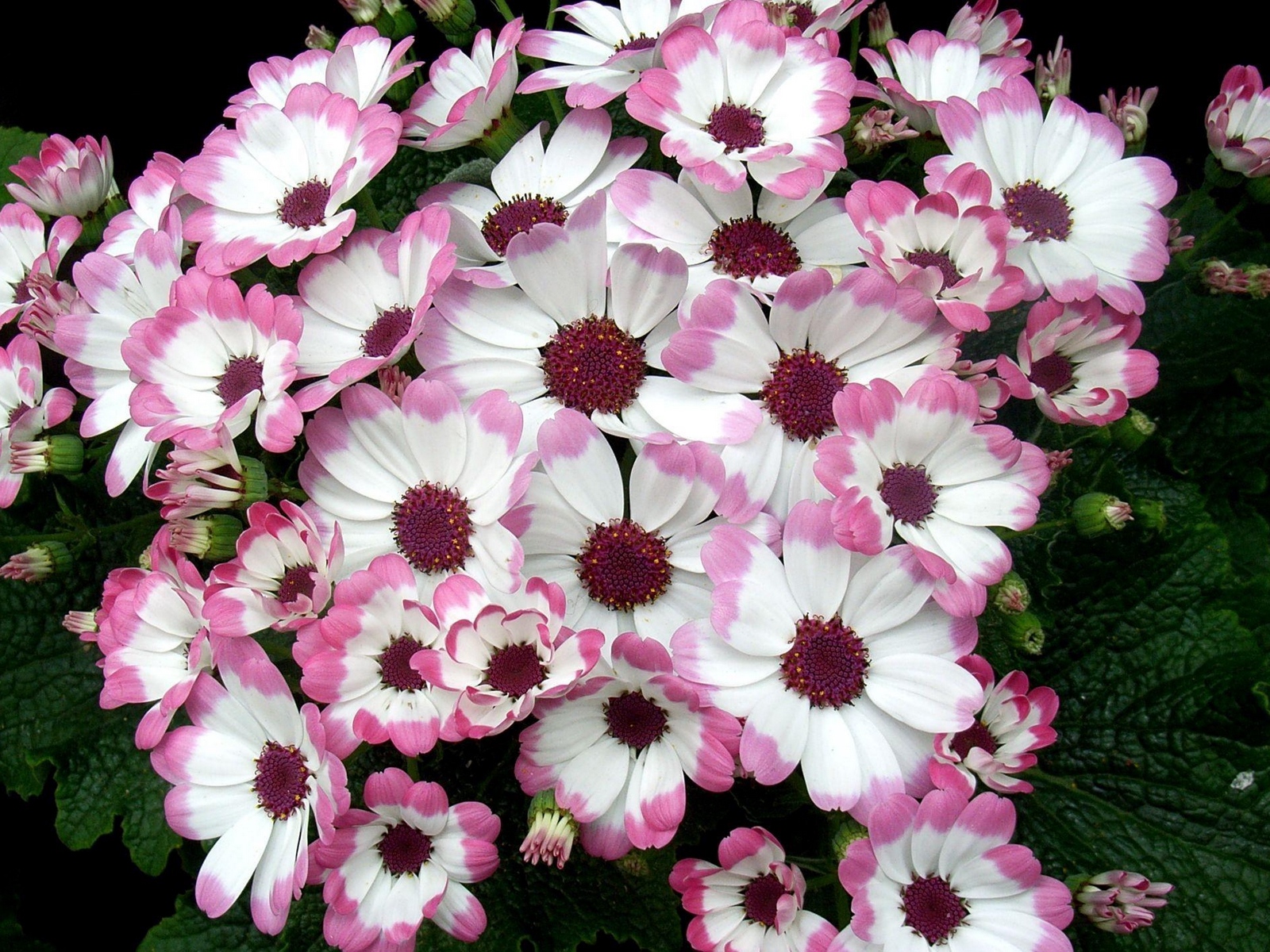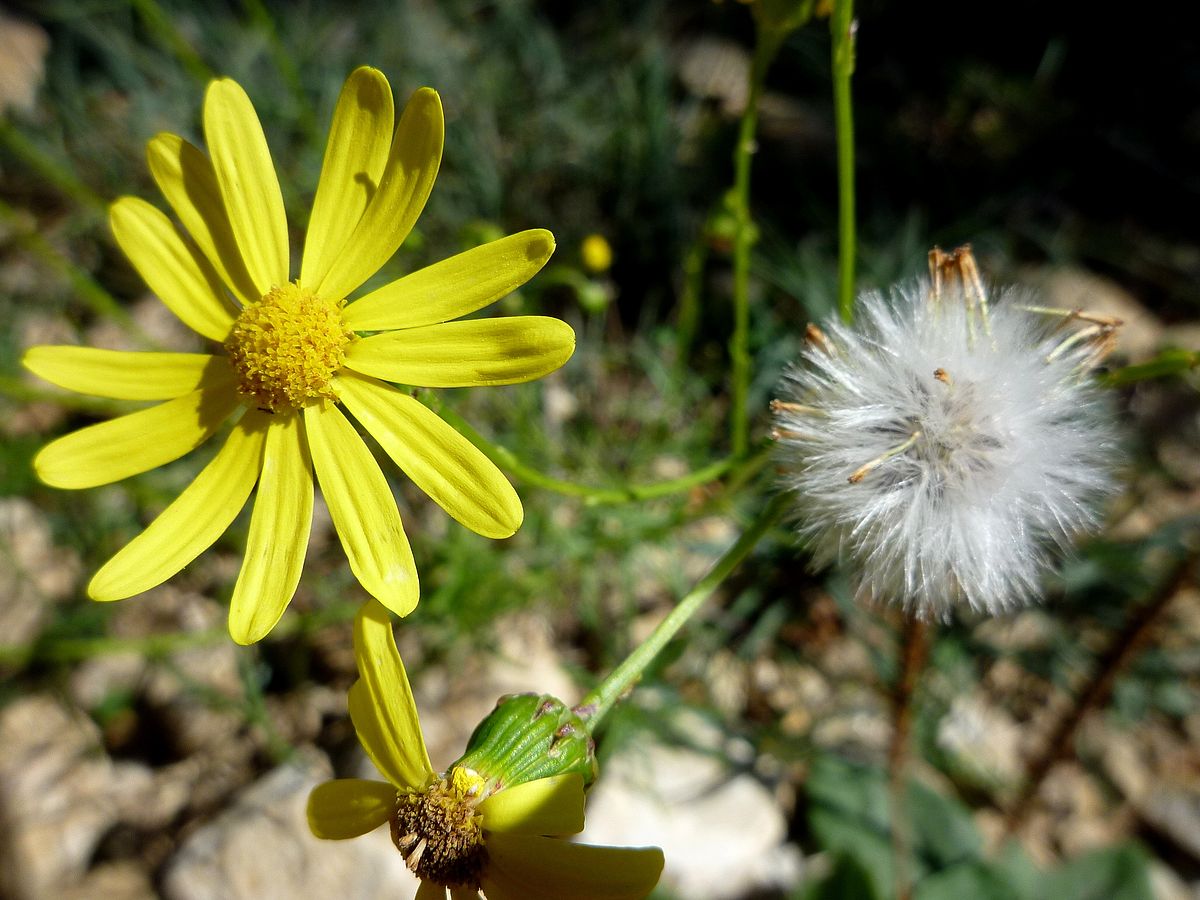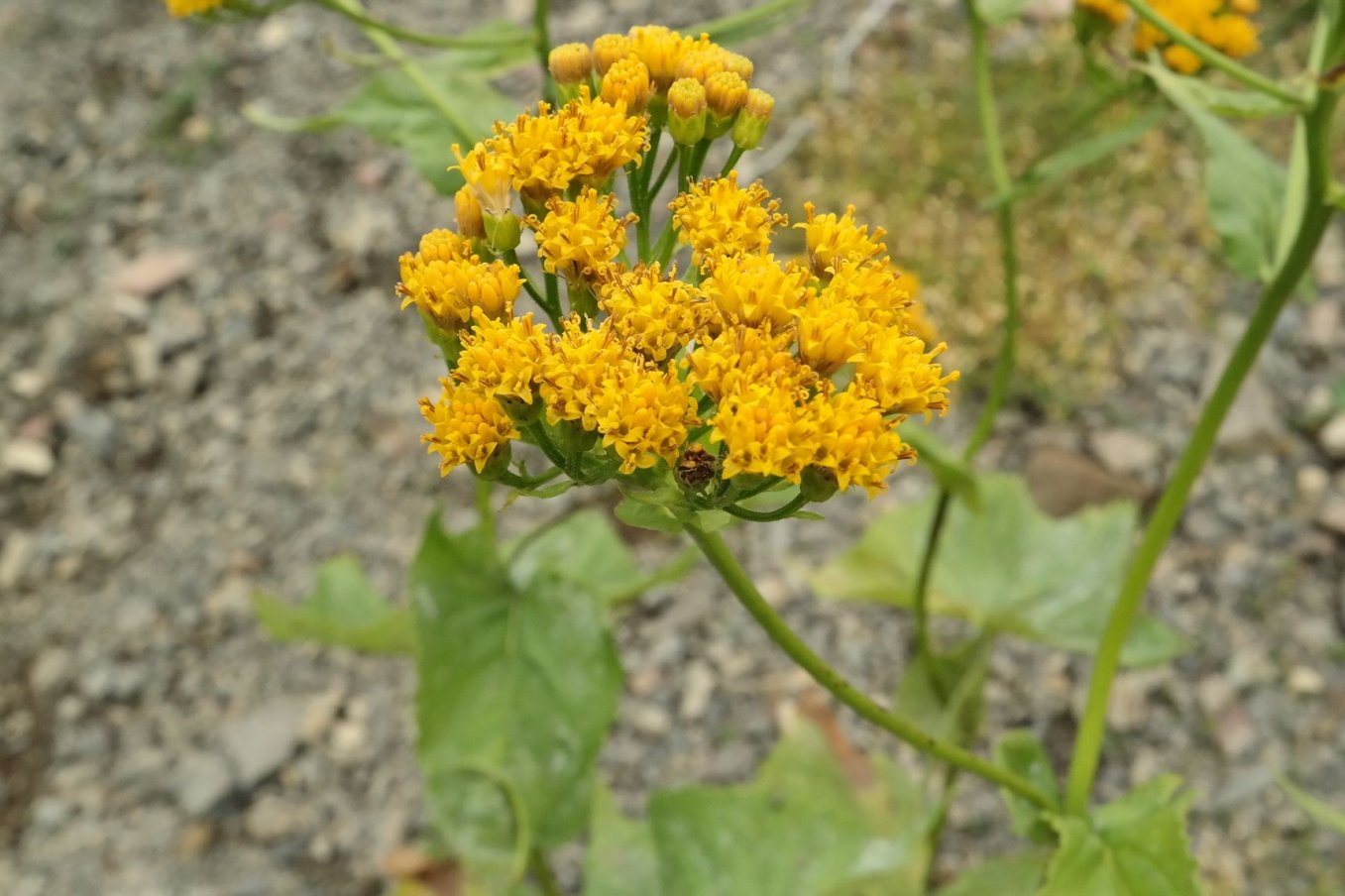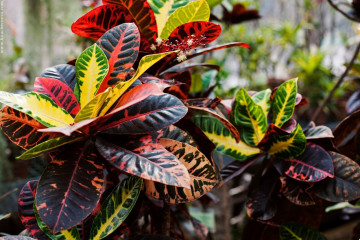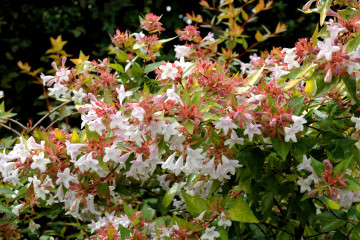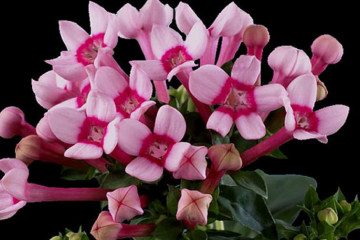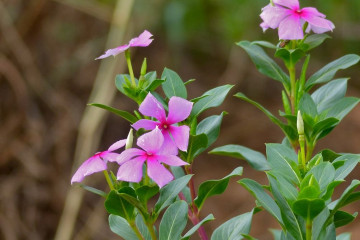Rowley's Rustic: Home Care and Breeding Methods
A perennial succulent native to South Africa, as indicated by Plantarium (online plant guide), belongs to the biological genus Astrovid, like cineraria. The unusual and memorable appearance of the ampelous plant most of all resembles threads with green beads of different diameters strung on them.
The main types of rosemary
It is hard to believe that members of the genus are close relatives. So significant are their external differences and preferences for conditions of detention. The genus name Senecio comes from the word "senex", which means "old man" in Latin. This name was given to a large group of very dissimilar plants for a common omen - silvery (as if gray) pubescence or "balding" type of flowers.
Rowley's godson
A soft green succulent with spherical leaves up to 6 mm in diameter, native to the African Namib Desert. Refers to flowering. In May, under favorable conditions, he drives out peduncles with single, a little like a dandelion, small white flowers that have a quite pleasant delicate aroma. In indoor floriculture, it is valued for the unusual decorative appearance of green shoots.
The root system is superficial, which largely determines the methods of agricultural technology. The pots are required wide and shallow, the soil is poor in nutrients, and the air humidity is in the range of 50-60%.
Rowley variegated
A variety of Rowley's common succulent, which has several external differences. "Pearls" shimmer in several shades of green from the lightest to deepest dark colors. Able to form voluminous bedspreads like a ground cover plant. Homeland - Namibia and the desert regions of Southeast Africa, predominantly mountainous terrain with an almost complete absence of precipitation. Very unpretentious.
Spherical leaves inside have many layers that trap moisture evaporation. The surface is quite dense. There is a small sharpening at the tip of the leaf. The stems twist easily and look best in ampelous form. Shoot length reaches 1 m. Tubular white-violet flower in the center has a prominent purple pistil.
Large-reed rootwort
The description of this vigorous evergreen liana has very fleshy leaves and reaches a length of 8 cm. The color is variegated or even green, there are yellow-white stripes and spots. The shape of the leaf plate is triangular, pentagonal is found. The main vein is reddish, the petiole is purple. The central segment of the leaf protrudes slightly, creating a tongue effect, which gave the appearance its name.
The homeland of the macroglossus creeper is South Africa, especially the province of Natal, therefore the second popular name for the plant is "Natal ivy". Indeed, the appearance is very similar to ivy, but the difference is in the leaves, which are exactly the same as those of all succulents: thick, filled with moisture, have a typical waxy bloom.
The liana blooms in winter and in March with small light yellow flowers resembling chamomile. Like many other rosewoods, this one is also poisonous. When eaten, it causes poisoning, and contact of the juice with the skin leads to irritation and allergic reactions.
Spring groundwort
A variety of the nivyankolisty groundwort. An annual or biennial that grows no more than 45 cm in height. The root is fibrous-tap. It has one or more erect stems, at first cobweb pubescent. Leaves are petiolate, light green with serrated lobes, usually die off by the beginning of flowering. Shield-shaped baskets are collected from pseudo-ligate and tubular yellow flowers. It is ubiquitous in Europe, Asia, North Africa. Prefers hillsides, sandy meadows, often found along roadsides.
Fruits are achenes with a fly. The variety has an exceptionally high fertility, therefore the plant is considered to be a common weed. It usually blooms from April to September, and bears fruit from May until October.
There are other representatives of the Krestovnik clan, very original in their external data. For example:
Mealy
It is a shrub native to Argentina. The appearance is very impressive thanks to the voluminous crown of gray-silvery highly dissected leaves. Unlike other succulents, it can even tolerate light frost.
Adhesive
Annual grass 60-80 cm high, considered a weed. One stem - erect. The pubescence is dense and sticky. The leaf is long (up to 9 cm) pinnately dissected, dark green in color. Numerous baskets are collected in a corymbose yellow inflorescence. Widely distributed in the temperate zone, in the Far East, found in North America. Prefers damp river banks.
Yakov's godson
Belongs to a separate genus of Jacobaea, sometimes it is called as meadow rose. Poisonous herbaceous perennial or biennial. It has a strong branched rhizome. It can reach a height of 20-100 cm. Sometimes it is naked and cobweb pubescent. The straight, ribbed stem sometimes has branches. Basal ovoid leaves are collected in a rosette and die off by the beginning of flowering. Stem leaves are obtuse or incised up to 8 cm long. Inflorescence is a corymbose panicle, collected from numerous yellow baskets. The seeds have a lush crest with sticky hairs.
Ashy groundwort
The second name is the seaside Jacobey. A beautiful and very poisonous dwarf shrub or shrub up to 60 cm high with silvery highly dissected leaves with strong pubescence. In its natural environment, it is found on the rocky slopes of the Mediterranean coast. The yellow baskets are a bit like daisies. Small corollas up to 15 mm in diameter.
Gerrain's godson
A cute succulent plant with elongated and slightly pointed bead leaves strung on threadlike stems. The leaves are similar to gooseberries due to the longitudinal slightly darker narrow stripes. It is sometimes called nail. Shoots stretch up to 1 m in length. It is cultivated mainly as an ampelous plant.
The groundwort is blue
A succulent plant also known as Senecio Talinoides. Grows up to 45 cm in height. The leaves are bluish in color and shaped like a pointed pencil, up to 10 cm in length. Expanding, it forms a fairly dense carpet. In summer it blooms with small nondescript white flowers. It grows in the highlands of South Africa in a very narrow temperature range from -1 ° C to 10 ° C.
Marsh tree
A rare plant listed in the Red Book, which has found application in medicine. Yellow baskets up to 2.5 cm in diameter have longer petals than other species.The erect stem extends up to 2 cm in height. The rhizome is powerful, creeping. Leaves are whole, long with a serrate-toothed edge. Prefers damp shores of reservoirs, floodplain meadows. It blooms in July and August and bears fruit in late summer. Seeds with feathers are carried by the wind over long distances.
Bloody groundwort
A perennial herbaceous or semi-shrub plant belongs to the genus Astrov and Cineraria. There are about 50 species. Homeland - Canary Islands. The short flowering period is usually in the winter. It is usually small in height - 30-40 cm. A large, rough leaf with a serrated edge on a long petiole has a heart-shaped shape and a rich green color. A large complex umbrella is assembled from flowers of various monochromatic or variegated colors, each up to 7 cm in diameter.
Rhomboid groundwort
Perennial rhizome polycarpic is endemic to the Caucasus. Numerous erect stems can extend up to 2.5 m in height. The petiolate alternate leaves are broadly ovate and have pubescence. Basal leaves are much larger, up to 30 cm in length, and the upper ones are smaller, up to 8 cm. Shield-paniculate inflorescences consist of small yellow baskets. The seeds are tiny and already have a root, carried by the wind. Prefers mountain forests and pre-alpine lowlands at an altitude of 1500-2500 m above sea level.
Erucolic groundwort
Belongs to the Asteraceae Dumort family. Perennial herbaceous rhizome plant with straight, bare or pubescent stems 40-100 cm high, honey plant. The healing properties are widely known, including in Tibetan medicine. Basal early withering leaves of the lyre-pinnate form. Yellow baskets are collected in a corymbose inflorescence. Blooms from June to August. The habitat is extensive: Central Asia, the Caucasus, the European part of Russia, Siberia. Prefers steppe slopes. Tolerates saline soil.
All-leaved groundwort
Meadow-steppe biennial herb about 20 cm high. In 2002 it was listed in the Red Book of the Ryazan region. At the roots, the leaves are ovoid or more oblong in shape, gradually tapering towards the petiole. The stem leaf is much narrower. In the first year of life, a rosette of basal leaves grows, and only in the second year does a flowering shoot appear. Small amounts of yellow baskets grow at the ends of the shoots. The flowering period is from July to August. Faded plants dry up. Prefers ravine slopes.
Flat-leaved groundwort
Caucasian perennial herb, morphologically similar to the rhomboid representative, and the habitat also coincides. Erect ribbed stems up to 2 m in height grow on grayish-brown thick rhizomes. The leaves are dark green with pubescence. Their shape is triangular-pokiform in the lower ones and ovate-lanceolate in the upper ones. Each shoot can form up to 300 inflorescences with 8-14 yellow baskets. It blooms in the first half of summer, the seeds ripen from August to September, spread by self-sowing. It forms thickets in tall grass meadows at an altitude of 1500-2500 m above sea level.
Rowley's Rustic: Home Care
In general, succulent care is traditional. Common groundwort is a plant adapted to survive in conditions of prolonged drought on nutrient-poor soils.
Lighting level
From the first days of March to the end of September, it is necessary to provide bright, but diffused lighting. The house is ideal for eastern and western window sills. If the windows in the room face south, then the pots are placed in the distance. In winter, to extend daylight hours (8-10 hours), arrange a backlight.
Temperature and humidity
From spring to late autumn, the optimal temperature regime is in the range of 22-25 ° С. In winter, a decrease to 10-15 ° C is required. When cooled below these indicators, the succulent dies. Humidity for him is of no fundamental importance, does not need spraying. Water only after the soil has dried, and in winter no more than 1 time per month.
Soil and top dressing
The soil is selected poor in nutrients, loose with a neutral acid-base balance (pH = 5.0). Suitable substrate for cacti. Fertilizers are applied every 3-4 weeks, preference is given to nitrogen fertilizers.
Plant transplant
A pot change will be required when the earthen lump is completely filled with roots. At the same time, a decision is made to rejuvenate the succulent, separating the excess parts, or transferred to a larger container. This is usually done once a year or every other year.
Growth breeding options
A very tenacious succulent plant takes root with ease. If the shoot is put on the soil, then after a short time it will sprout roots.
Cuttings
It will not be difficult to get the right amount of planting material, since under good living conditions for a succulent, its annual growth of shoots is on average 30 cm. Usually, cuttings are planted in spring or summer. Twigs cut from the tops of the shoots are taken 5-10 cm long. The lower leaves are removed and the end is immersed in the soil. Rooting will take about four weeks. By pinching the ends, they achieve tillering of the crown.
Layers
The step-by-step instructions are very simple:
- It is enough to put a pot with a suitable substrate next to it, put a free shoot on top of it, attaching it to the soil with a hairpin.
- After a month, the rooted twig is separated from the mother plant.
The groundwort is a plant that is not difficult to care for. Rapid growth, undemanding conditions of detention are its strengths. Spectacular garlands of green "beads" will decorate the interior and give it individuality.
